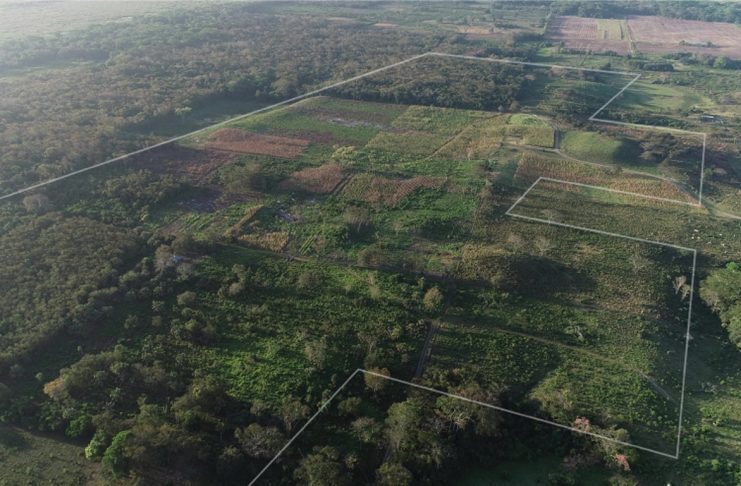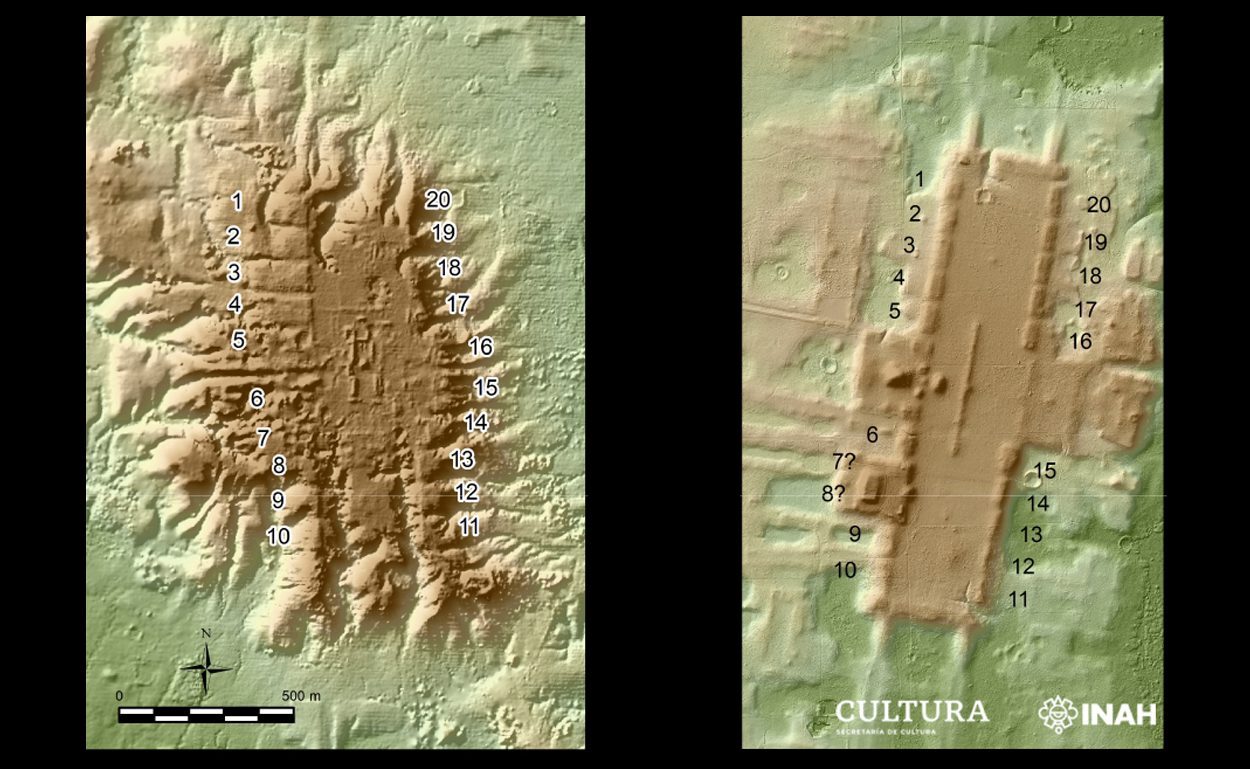OF THE
TIMES
A nation that continues year after year to spend more money on military defense than on programs of social uplift is approaching spiritual doom.
get ye home Serfs - to fight "for" the World bank, the IMF, E.U Bank the Multinational Agri-corps and Foreign interests/Shareholders etc that are...
What do they say? Birds of a feather....
Way to avoid mentioning that 24 Billion for the tiny hat devils Kunstler.
She is wrong; Justin Trudeau knows that the Earth is warming because he studied drama at University. My Liberal friends can't be wrong, even if...
Did anyone ask those countries first if they want the US "protection"? :O
To submit an article for publication, see our Submission Guidelines
Reader comments do not necessarily reflect the views of the volunteers, editors, and directors of SOTT.net or the Quantum Future Group.
Some icons on this site were created by: Afterglow, Aha-Soft, AntialiasFactory, artdesigner.lv, Artura, DailyOverview, Everaldo, GraphicsFuel, IconFactory, Iconka, IconShock, Icons-Land, i-love-icons, KDE-look.org, Klukeart, mugenb16, Map Icons Collection, PetshopBoxStudio, VisualPharm, wbeiruti, WebIconset
Powered by PikaJS 🐁 and In·Site
Original content © 2002-2024 by Sott.net/Signs of the Times. See: FAIR USE NOTICE


Comment: See also:
- Aguada Fenix: Major discovery of oldest and largest ceremonial structure in Mexico
- America Before by Graham Hancock - Book review
- 536 AD, the year the sky went dark
- Ancient skulls from the Yucatán Peninsula show striking diversity of Early America Settlers
- The Seven Destructive Earth Passes of Comet Venus
- Lasers reveal 60,000 ancient Mayan structures hidden in Guatemalan forest
- Ancient Maya practiced 'total war' well before climate stress
And check out SOTT radio's: